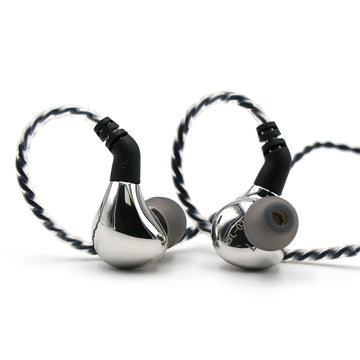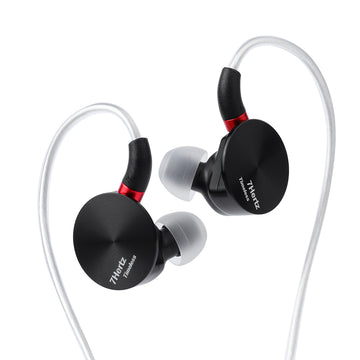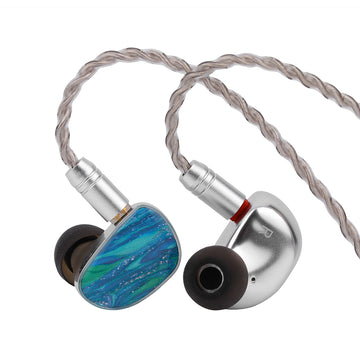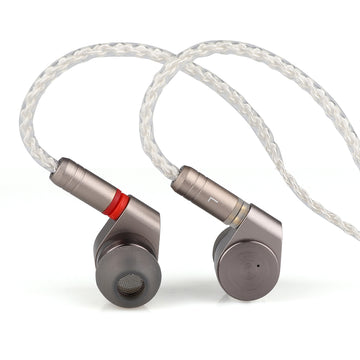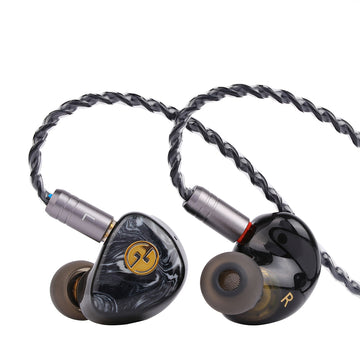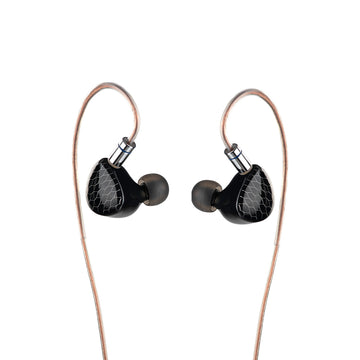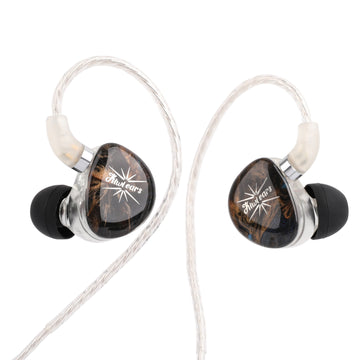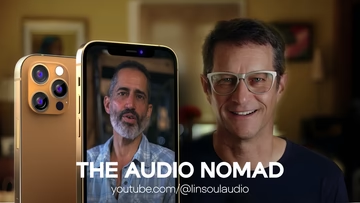Shanling
Shanling is one of the foundational Chinese audio manufacturers in the market, having made its reputation in affordable and well-performing DAPS and bluetooth receivers. With its history, there’s no question of Shanling’s engineering and design capabilities when it comes to audio products. Recently, Shanling seems to be putting more effort into producing their in-ear monitors (IEM) alongside their DAP products. Today, we’ll be taking a look at their latest and most affordable IEM - the ME80.

ME80
The ME80 is a single dynamic driver (DD) IEM that utilizes a 10mm composite polyureathane (PU) diaphragm. The IEM also features a removable MMCX-type cable, which I personally happen to like very much for a stock cable. It’s not a fancy or beautiful multi-braid cable that most IEM’s seem to come with these days, but it is thin, lightweight, supple, doesn’t tangle, and is comfortable. The shape of the IEM harkens back to Shure IEM designs, and just like their SE series, the ME80 fits very comfortably and securely inside the ears. And finally, I appreciate the packaging design that Shanling has chosen for the ME80; it’s a more professional product presentation that most of the multi hundred/thousand dollar IEM’s coming out of China these days. These three things: the cable, IEM shape/design, and product presentation, are small things, but ones that I find personally very appealing and may even be the reasons why I reach out for the ME80’s more than I think I would.

Sound
The Shanling ME80’s sound signature follows a “V-shape”, with elevated trebles and bass that makes for a boomy and sparkly listen. However, the ME80 does feature slightly less midbass emphasis than do most typical V-shaped IEM’s, which is a good thing considering most V-shaped IEM’s suffer from bloated/muddy mids. The bass shelf on the ME80 is pushed back a little bit further back, giving the mids a slightly more natural tone. Overall, it’s a fairly well balanced tuning for a V-shaped IEM, although a few tweaks could be made here and there, which we will discuss in more depth below.

The treble, starting with almost a 13dB pinna compensation, is quite a beast. The large pinna gain, particularly set closer to 2kHz than 3kHz, does edge on being “shouty” or “honky” on vocals, although it is matched by a large bass shelf to try to minimize this effect. Pinna gains can allow vocals, snares, and stringed instruments to have a nice crispness or bite to them when set properly, but in the case of the ME80, it feels a little bit closer to honky, even if by only a small margin. However, it does bring vocals front and center with a nice sizzle, which other ears may find enjoyable. Despite its large quantity, the treble is nonetheless free of unusual peaks, making for a fairly natural treble slope.
The ME80 has probably the most natural mid tonality possible for a V-shaped IEM. Usually for V-shaped tunings that have bass shelves all the way up to 1kHz, the mids can’t help but become muddy as instruments’ and vocals’ “body” is boosted up, reducing their overall definition. Yet the ME80’s bass shelf starts closer to 400Hz, and it’s softer knee gives enough room for the mids to take shape before the bass to take over. This is just enough to prevent mud/bloat while still giving some natural warmth to particularly male vocals and guitars.
This is a bassy IEM and it definitely thumps. Subbass is very nicely executed here, with kickdrums being impactful and punchy, with a relatively quick decay. Because of the large pinna compensation, while the quantity of the subbass is large, it doesn’t feel overwhelming or in your face. Rather, it’s appropriately set in the mix and sounds like a separate subwoofer in a stereo setup. Again, it’s a very nice balance respective to the entire tonal spectrum. One nitpick that could be brought up is that because of how punchy and quick the ME80’s subbass is, the bass guitar can feel veiled by the kickdrum.
In regards to technicalities, the ME80 has a noticeably larger soundstage compared to most BA or hybrid BA IEM’s. Imaging doesn’t feel as pinpoint accurate with the wider scope though. Acoustic cues are a little bit more blurred in terms of the left-right spectrum, and while hard pannings are definitely still L or R, it’s still harder to point towards an exact location in my head. It seems more suitable for general music enjoyment than for professional engineering scenarios. However, the resolution is very nice for this price point.


